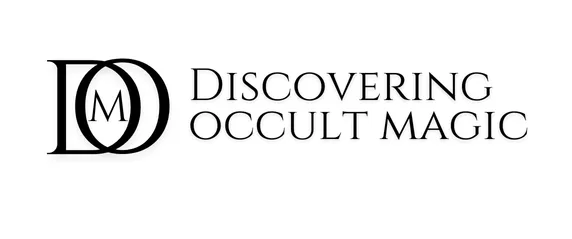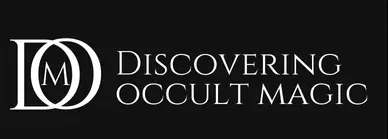This post contains affiliate links. If you purchase through these links, I may earn a small commission at no extra cost to you.
Introduction
There are books that expand your understanding, and then there are books like Summa Sacrae Magice that reframe it entirely. If you’re a practitioner of ceremonial magic or a serious student of Western esotericism, this text is not just recommended reading, it’s essential!
Housed in the Bibliothèque de l’Arsenal in Paris, Summa Sacrae Magice is one of the most extensive compilations of Solomonic magical material ever made available in English. The 2025 translation by Dr. Stephen Skinner and Daniel Clark represents a significant milestone in magical scholarship. Drawing from numerous manuscripts, most of which were previously inaccessible to English-speaking readers. This publication opens a rare window into a living magical tradition that is both vast and intricate.
What makes this work particularly valuable is the clarity of its organisation. The editors have traced connections between grimoires, annotated obscure passages, and supplied historical context that allows practitioners and scholars alike to engage with the text on a deeper level. This is not simply a book of spells, it’s a manual of magical thought.
A Towering Grimoire of Magical Practice
Summa Sacrae Magice spans hundreds of folios and covers a staggering range of content, from angelic invocations and ceremonial prayers to the crafting of ritual tools and diagrams of power. Though primarily written in Latin, with occasional French marginalia, the text appears to have been compiled over time by multiple authors, making it more of a collaborative record than a singular doctrine.
This isn’t a tidy systematised manual. It’s a patchwork of magical insight, a kind of scrapbook of spirits, techniques, seals, and prayers, many of which are found nowhere else. In that sense, it’s priceless. There are instructions for invoking angels and demons, consecrating magical tools, and performing rituals designed to bring the operator into communion with spiritual intelligences, and the seals and sigils that fill its pages reflect a deep engagement with esoteric cosmology and sacred geometry.
Spirit Hierarchies and Echoes of the Pre-Goetia
Of particular interest is the grimoire’s treatment of the four demon kings of the cardinal directions, each accompanied by their own hierarchy of spirits. This framework aligns closely with the spirit catalogues found in The Book of Oberon (Folger V.b.26) and Of Angels, Demons, and Spirits (Bodleian e Mus. 173), suggesting a shared or even older source tradition that predates the more familiar structure of the Lemegeton’s Goetia.
Sigil Craft and the Alchemy of Language
Another standout feature of the text is its approach to sigil creation. Unlike the simplified sigil systems popularised in modern occult circles, the Summa presents a sophisticated method for constructing spirit seals using the letters of a spirit’s name in Latin, Hebrew, Greek, Arabic, or combinations of all.
This isn’t just linguistic ornamentation. For the magicians who compiled this grimoire, language held inherent spiritual force. Sacred alphabets were not only systems of writing but channels of divine power. By merging different scripts, practitioners believed they could access multiple layers of meaning and magical potency, a technique that pre-dates the method later outlined by Agrippa in De Occulta Philosophia, and arguably foreshadows the personalised sigilisation practices of chaos magic.
Final Thoughts
Summa Sacrae Magice isn’t light reading. It won’t top the sales charts, nor is it a beginner’s guide to spellwork. But for those with a serious interest in ceremonial magic, it’s a treasure trove. It captures a magical worldview that is intellectually rich, spiritually intense, and creatively alive.
As we await the future volumes promised by Skinner and Clark, this first instalment already stands as a landmark achievement, not just for what it contains, but for how it reconnects us with the lived experience of magical practitioners from centuries past.
If your magical path is one of study, practice, and historical inquiry, this book belongs on your shelf, and more importantly, in your hands.

